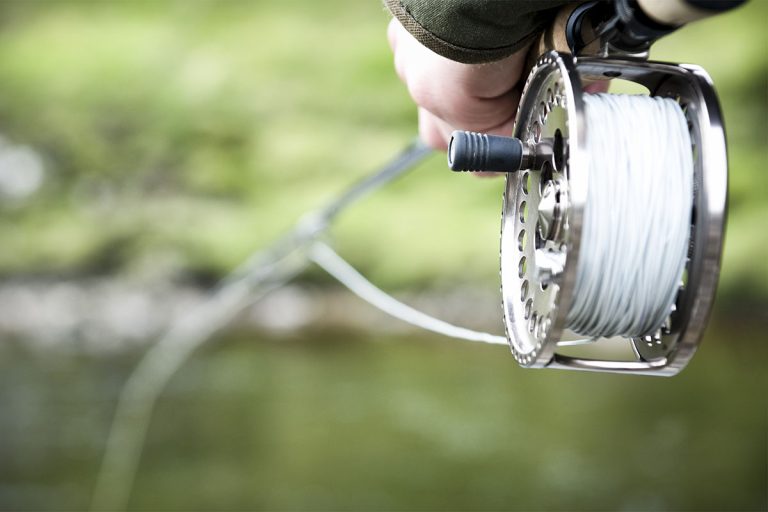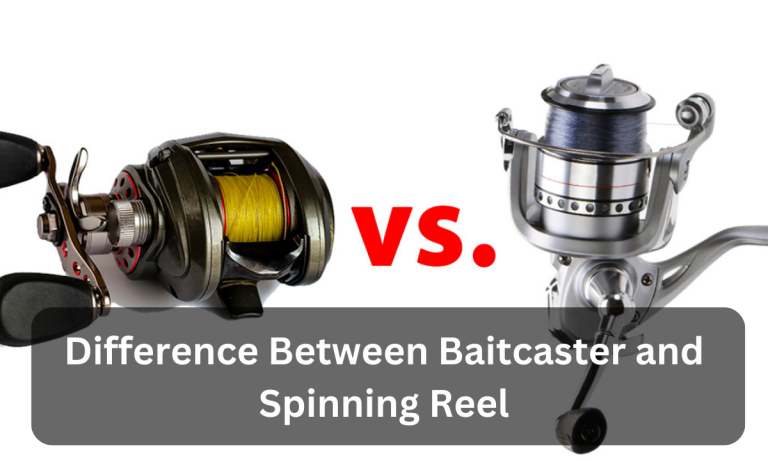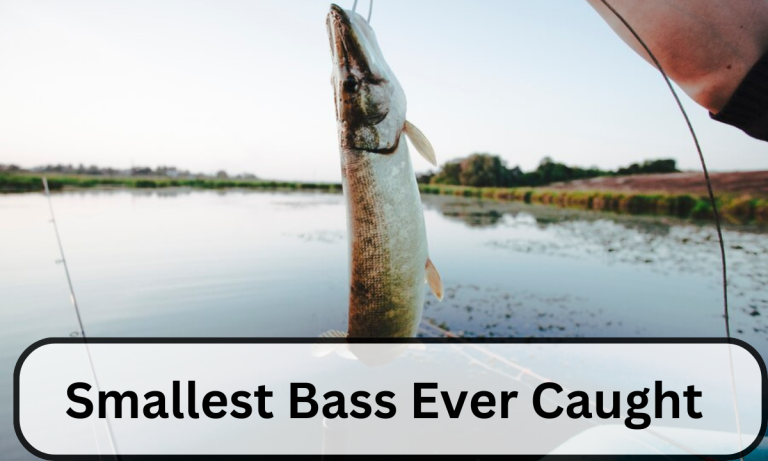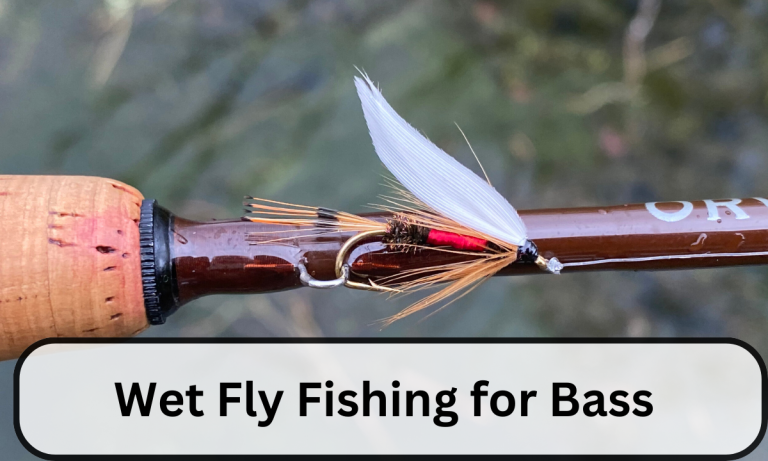How to Spool a Baitcasting Reel
Elevate your angling game with precision. Uncover expert insights on ‘How to Spool a Baitcasting Reel’ for unparalleled casting control and accuracy. First, a beginner should understand what actually How to Spool a Baitcasting Reel. So, a spool is a cylindrical device with a rim or ridge on each end and an axial hole for a pin on which material like thread, wire, or tape is wound.
Spooling a bait caster can be intimidating for a beginner.
For positive results, it needs dedication, attention, and practice. Though technology has made much of the work easier still it needs hard work to achieve success and maintain it later. So, here in this article, there are discussed few steps that will make your fishing experience memorable.

How to Spool a Baitcasting Reel Setup:
Get Your Bait Caster Ready
The first step to follow is to pass the line through all rod guides and then through the reel’s level wind guide. It is not rocket science but a very easy process to prepare How to Spool a Baitcasting Reel. A rod is preferred for this purpose because passing the line through rod guides helps put more stress on the line to avoid forming any loops.
The selection of a line is also very important. Each line has its own diameter. Such a line should be used which fills the reel faster. It can be from 8-20 pounds.
Wrap the Line Around the Spool
Getting the fishing line around the spool can be difficult sometimes. If you have the option to remove the side plate, do it to get the spool out. Try a proper knot. The knot; widely used by the anglers is the arbor knot. Using another regular square knot will cause the line to slip.
Don’t use a larger knot as it cannot help even spooling. If you go with a braided line or fluorocarbon fishing line, don’t forget to wet the line while tying and tightening the knot to avoid the knot burning or weakening itself. For a braided line, a towel is also very necessary to avoid cutting or burning your bare fingers.
Reel the Line In
Reel the line in and maintain the tension simultaneously. Reel the line in when there is about 1/8” between the line and the outside of the spool. Having the right amount of line on your fishing reel is very vital. If you run short of the line, and suddenly you come across a big fish, it will be nightmarish.
Also, too much line can cause damage. A damaged line is a weak line and you should always be mindful of that.
Step Four: Tie a hook or Lure to the Line
The purpose of this step is to maintain some tension on the line so it does not back up on the reel. A small hook is recommended. It is expected to do a fisherman’s job well.
Conclusion
First-time How to Spool a Baitcasting Reel is always difficult. But if you go the proper way by following certain steps, there is no way you won’t succeed.
First, you should be careful about choosing the line. Pass the line through all rod guides. Next, use the arbor knot. Additionally, you are required to maintain a certain tension on the line to avoid loops on the line. And lastly, don’t underfill or overfill your fishing reel. Following all the steps carefully will make your fishing expedition fun.
FAQs
How much fishing line should I put on my baitcasting reel?
The amount of fishing line you should put on your baitcasting reel depends on the reel’s line capacity, which is typically indicated in the user manual or on the reel itself. It’s essential not to overfill the spool to avoid casting issues and backlashes.
2. What type of fishing line is best for a baitcasting reel?
The best fishing line for a baitcasting reel depends on your fishing preferences and the target species. Monofilament, fluorocarbon, and braided lines are common choices. Consider factors like line strength, visibility, and the conditions you’ll be fishing in when making your selection.
3. How do I prevent line twists when How to Spool a Baitcasting Reel?
To prevent line twists, ensure that the fishing line is coming off the spool correctly (counterclockwise) and is properly aligned with the line guides on your fishing rod. Also, make sure there’s even tension on the line as you spool it onto the reel.
4. Should I use backing before spooling a new line onto my baitcasting reel?
Using backing, such as monofilament or braided line, as a base layer before adding your main fishing line can save you money and ensure better line-to-line knots. It also prevents overfilling the spool with expensive lines.
5. How tight should I spool the line onto my baitcasting reel?
It’s important not to over-tighten the line on your baitcasting reel. Leave a small gap of about 1/8 inch (3 mm) between the line and the edge of the spool’s lip. Overfilling can lead to casting issues, while underfilling may reduce casting distance and control.






